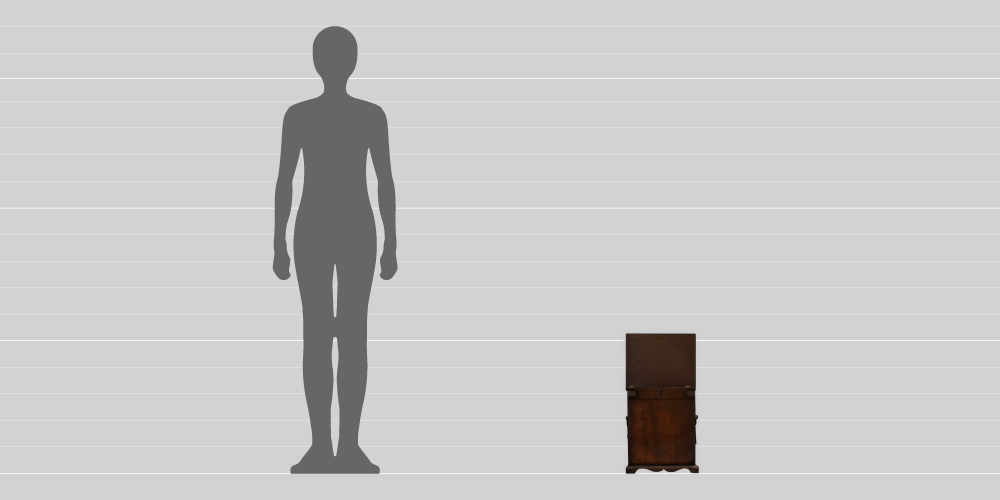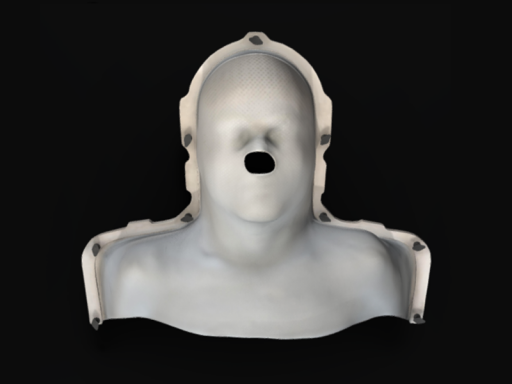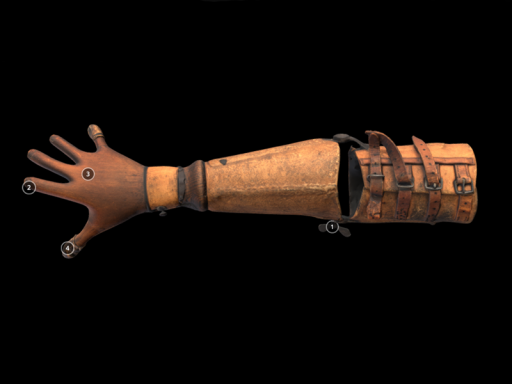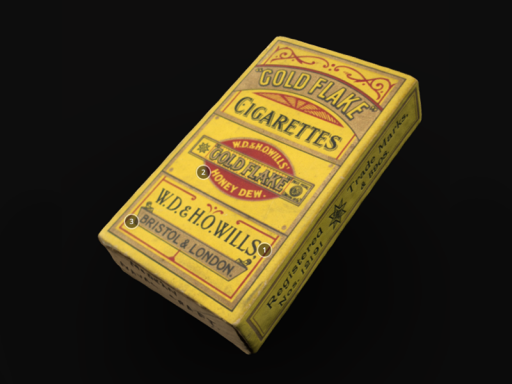
Curriculum links
About this object
This medicine chest, made in the 1780s, was owned by a doctor called Edward Jenner, who is famous as a pioneer of vaccination. He invented the world’s first vaccine, against smallpox – a disease that was responsible for 1 in 10 deaths in Britain at the time. As a doctor, Jenner would have carried this chest with him when visiting patients in their homes. It contained all the equipment he needed to make treatments by the patient’s bedside. These home-made medicines contained ingredients such as opium, arsenic and mercury that were thought to cure a wide range of diseases.
Medicines today
Today we have a much better understanding of the causes of disease and the ways they can be treated. Medicines are now made by specialised pharmaceutical companies and tested in clinical trials to make sure they work well, have minimal side effects and are not toxic to patients.
Learn more about this object on the Science Museum Group Collection website.
Discussion questions
- What does this object tell you about how the development of medicines has changed over time?
- Would you take part in a clinical trial for a drug which might make all your hair fall out, if you were paid £1,000?
- Would you trust an Instagram celebrity or YouTuber to recommend you a medicine?



